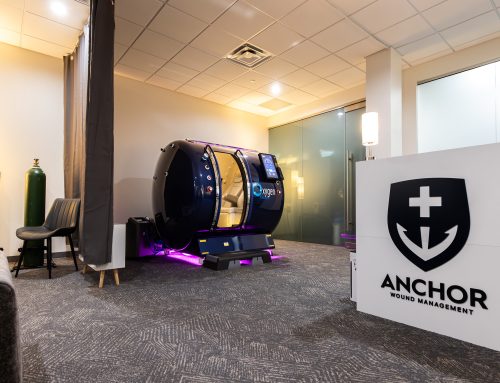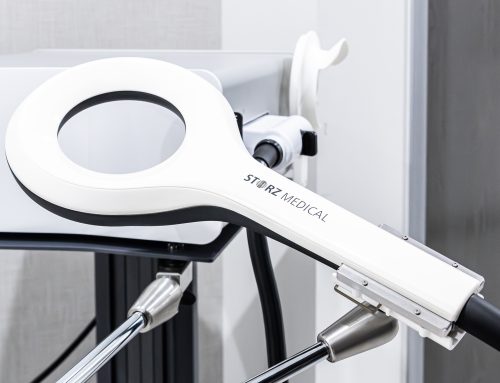In the ever-evolving world of regenerative medicine, exosome therapy has emerged as a groundbreaking treatment that holds the potential to revolutionize how we approach healing, anti-aging, and disease management. While stem cell therapy once captured the spotlight, exosomes—tiny vesicles secreted by cells—are now showing remarkable promise for achieving similar regenerative effects with fewer risks and complications.
In this blog post, we’ll delve into what exosome therapy is, how it works, and the many advantages it offers across medical and aesthetic domains. Whether you’re a curious patient, a health enthusiast, or a practitioner exploring advanced treatment options, understanding the benefits of exosome therapy is essential in appreciating the future of personalized medicine.
What Are Exosomes?
Exosomes are nano-sized extracellular vesicles (typically 30–150 nanometers in diameter) released by nearly all types of cells, including stem cells. These vesicles are essentially communication vehicles that transport proteins, lipids, RNA, and other molecular signals between cells.
Unlike whole-cell therapies, exosomes do not replicate or divide. Instead, they carry “instructions” to other cells, guiding them to perform various reparative and anti-inflammatory functions. This characteristic makes exosomes a safer and more controllable therapeutic tool compared to live cells.
How Exosome Therapy Works
Exosome therapy involves harvesting exosomes from healthy donor cells—most commonly mesenchymal stem cells (MSCs)—and injecting them into areas of the body that need repair, regeneration, or modulation of inflammation. These exosomes then communicate with the recipient’s cells, influencing their behavior to promote healing, reduce inflammation, and support tissue regeneration.
The therapy can be administered through various methods, including intravenous injection, localized injection (e.g., into joints or damaged tissue), or topical application for dermatological uses.
Key Advantages of Exosome Therapy
1. Cell-Free and Safer Alternative to Stem Cell Therapy
One of the main advantages of exosome therapy is that it avoids the potential risks associated with live-cell therapies. Stem cells, while powerful, can potentially differentiate into unintended cell types or form tumors. Since exosomes are not living cells but rather signaling particles, they eliminate these concerns.
This cell-free nature also reduces the likelihood of immune rejection or adverse reactions, making the therapy more universally applicable.
2. Potent Anti-Inflammatory Effects
Exosomes have shown strong anti-inflammatory properties, which can be beneficial for conditions such as rheumatoid arthritis, inflammatory bowel disease, and autoimmune disorders. They work by regulating the immune response and calming chronic inflammation, allowing tissues to heal and regenerate more effectively.
3. Accelerated Tissue Regeneration and Healing
Exosomes promote the proliferation and migration of fibroblasts, keratinocytes, and endothelial cells—key players in wound healing and tissue regeneration. This makes exosome therapy particularly useful in orthopedic medicine, sports injuries, post-surgical recovery, and even dental implantology.
Moreover, in aesthetic medicine, exosomes can stimulate collagen production and skin rejuvenation, offering a powerful alternative to traditional anti-aging treatments.
4. Minimally Invasive and Versatile Application
Exosome therapy is typically administered through injections or topical serums, depending on the condition being treated. This non-surgical, minimally invasive nature translates to reduced recovery time, lower risk of complications, and improved patient comfort.
The therapy can be tailored to a wide range of applications—from treating chronic wounds to rejuvenating the skin to restoring joint function, making it one of the most versatile tools in regenerative medicine.
5. Improved Neurological Support and Brain Health
Emerging studies indicate that exosomes can cross the blood-brain barrier and deliver neuroprotective signals, opening doors to potential treatments for neurodegenerative diseases such as Alzheimer’s, Parkinson’s, and multiple sclerosis. While this area is still under active investigation, early results are highly promising and could represent a major breakthrough in neurology.
6. Aesthetic and Dermatological Benefits
In the field of aesthetics, exosomes are gaining popularity for their role in skin rejuvenation, hair restoration, and anti-aging. When applied topically or injected, exosomes stimulate dermal fibroblasts, enhance collagen synthesis, and improve skin texture and elasticity.
Some dermatology clinics now combine exosome therapy with microneedling or laser treatments to amplify results. Patients report faster recovery, reduced inflammation, and longer-lasting outcomes compared to traditional treatments alone.
7. No Ethical Concerns Compared to Embryonic Stem Cells
Because exosomes are typically derived from adult stem cells, such as MSCs from umbilical cord tissue or bone marrow, they sidestep the ethical controversies associated with embryonic stem cell use. This increases their acceptability in clinical practice and among a broader range of patients.
8. Standardization and Storage Benefits
Unlike live stem cells that require strict cryogenic conditions and time-sensitive handling, exosomes can be more easily preserved, stored, and transported. This makes exosome therapy more scalable and accessible, especially in outpatient and clinical settings.
Researchers are now working on ways to standardize exosome formulations for consistent dosing, quality control, and reproducibility—a step that will likely accelerate FDA approval and mainstream adoption.
Common Conditions Treated with Exosome Therapy
Exosome therapy is currently being explored for a wide variety of conditions, including:
-
Osteoarthritis and joint degeneration
-
Chronic inflammation and autoimmune disorders
-
Skin aging, wrinkles, and scarring
-
Hair thinning and alopecia
-
Neurological conditions
-
Cardiovascular diseases
-
Post-surgical recovery
-
Musculoskeletal injuries (e.g., tendonitis, ligament tears)
Considerations and Future Outlook
While exosome therapy is incredibly promising, it’s important to acknowledge that the field is still in its early stages. Regulatory bodies like the FDA are in the process of evaluating exosome-based products for safety and efficacy. Patients interested in this therapy should seek clinics that adhere to proper safety protocols and source exosomes from reputable, tested suppliers.
As research advances, we can expect more refined applications, clearer guidelines, and expanded treatment possibilities. Future directions include personalized exosome therapies, synthetic exosome engineering, and integration with other regenerative approaches like gene editing and immune modulation.
Exosome therapy represents a paradigm shift in regenerative medicine, offering a safer, more precise, and highly versatile alternative to traditional stem cell therapies. With applications ranging from joint repair and chronic inflammation to cosmetic rejuvenation and even brain health, exosomes are quickly establishing themselves as a cornerstone of next-generation healing.
Although more research is needed to fully validate and optimize exosome-based treatments, the current data paints an exciting picture of a future where we can heal, restore, and enhance the human body using its own natural cellular messaging systems.
If you’re considering exosome therapy, consult a qualified regenerative medicine specialist to determine if it’s right for your specific condition and health goals. The future of healing may be microscopic, but its impact could be enormous.






